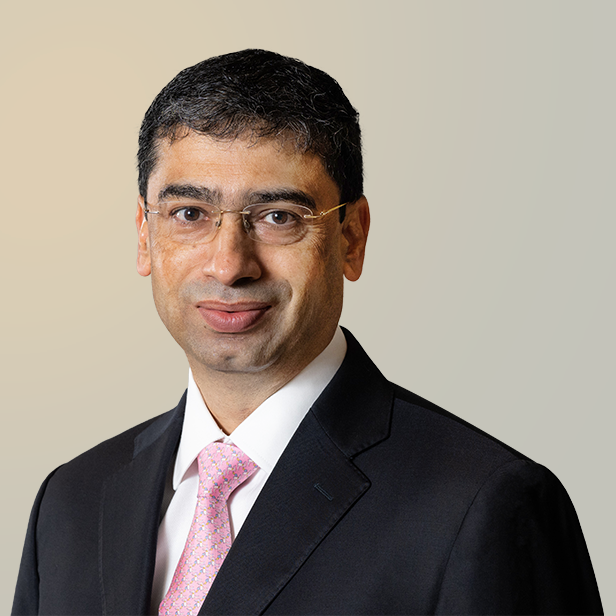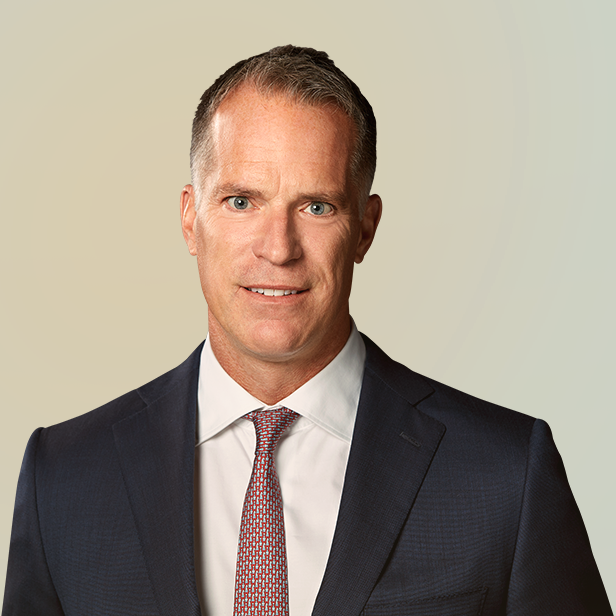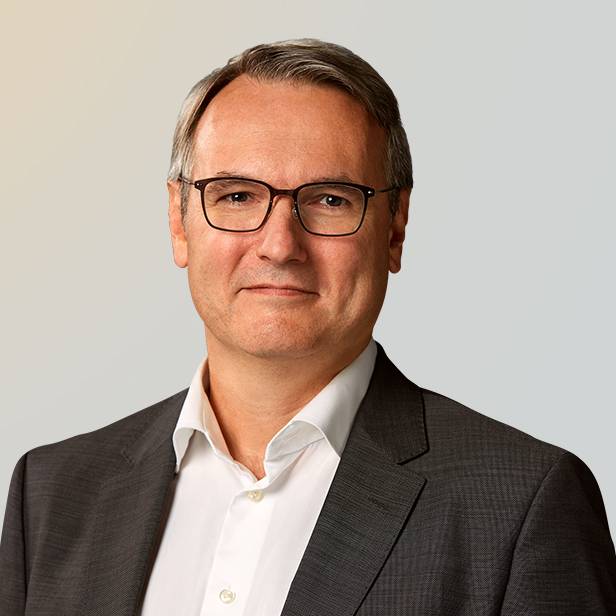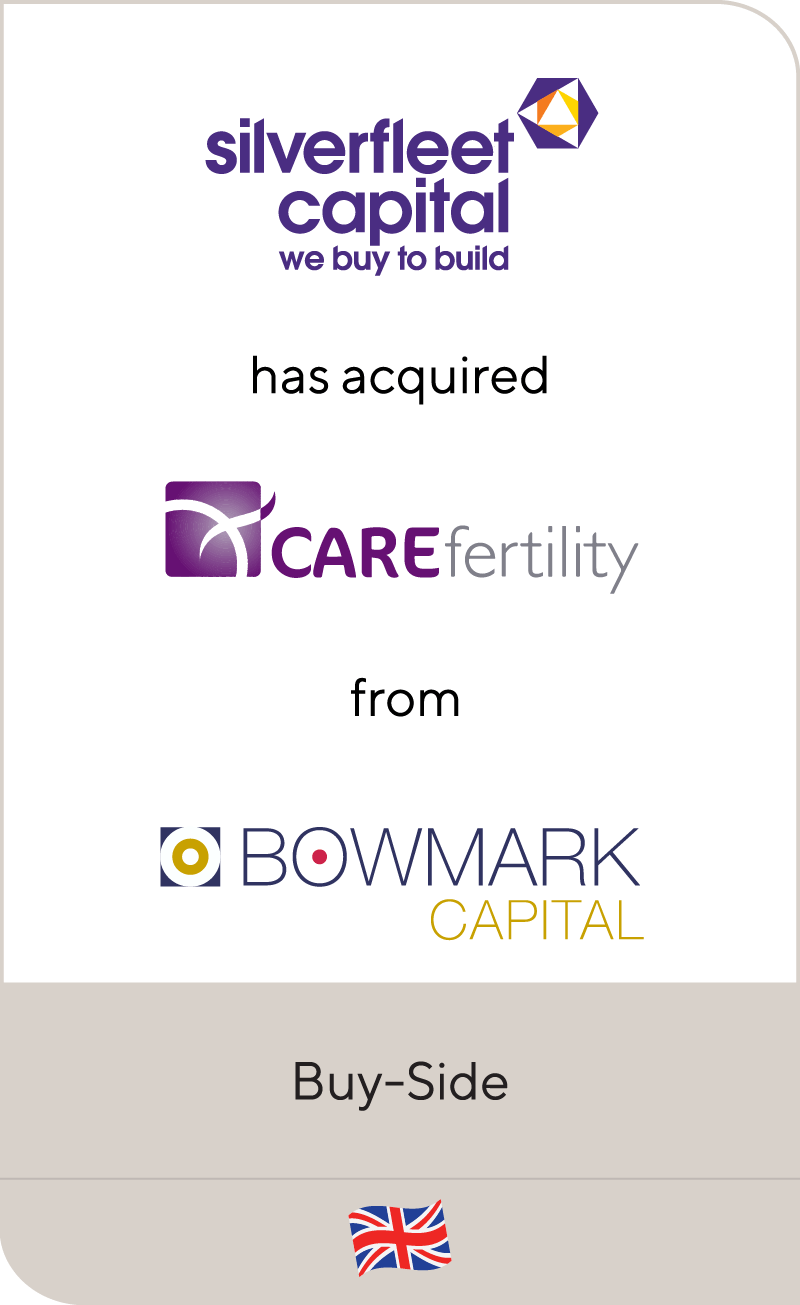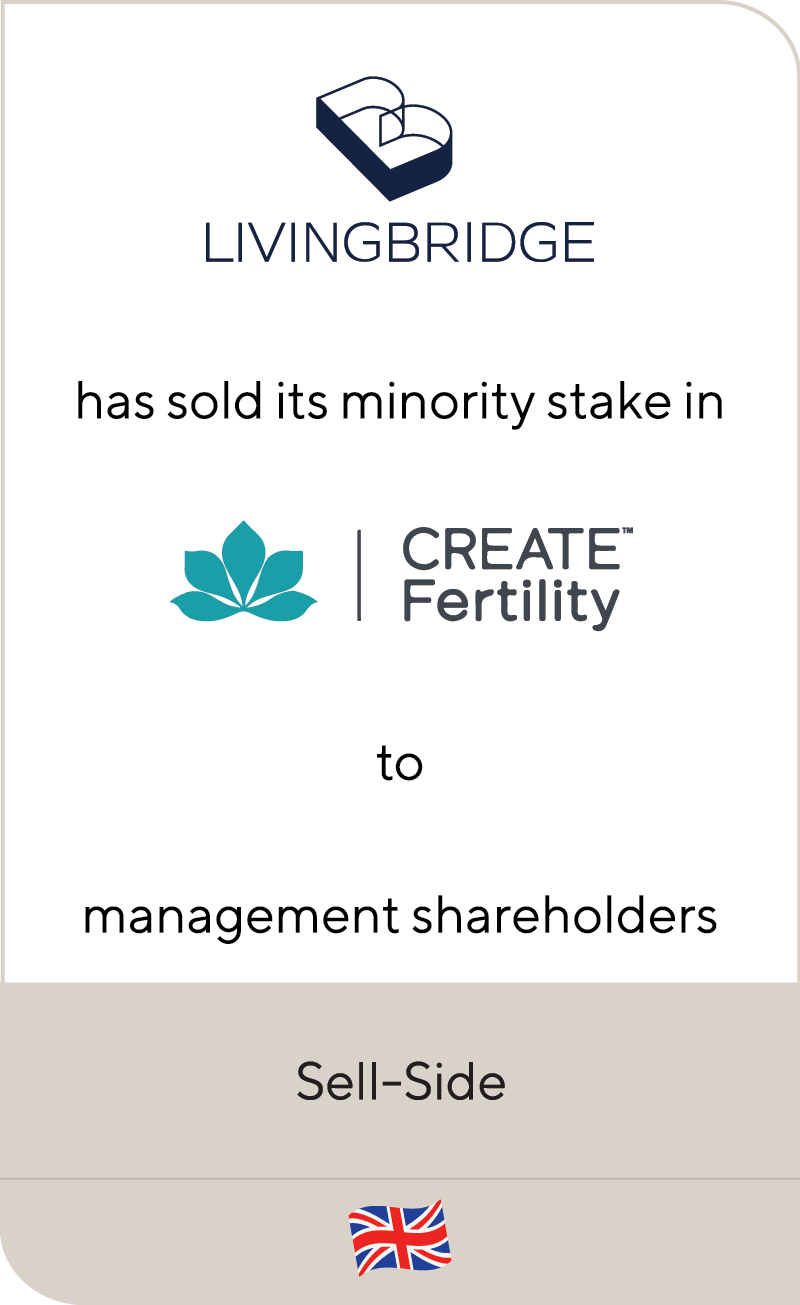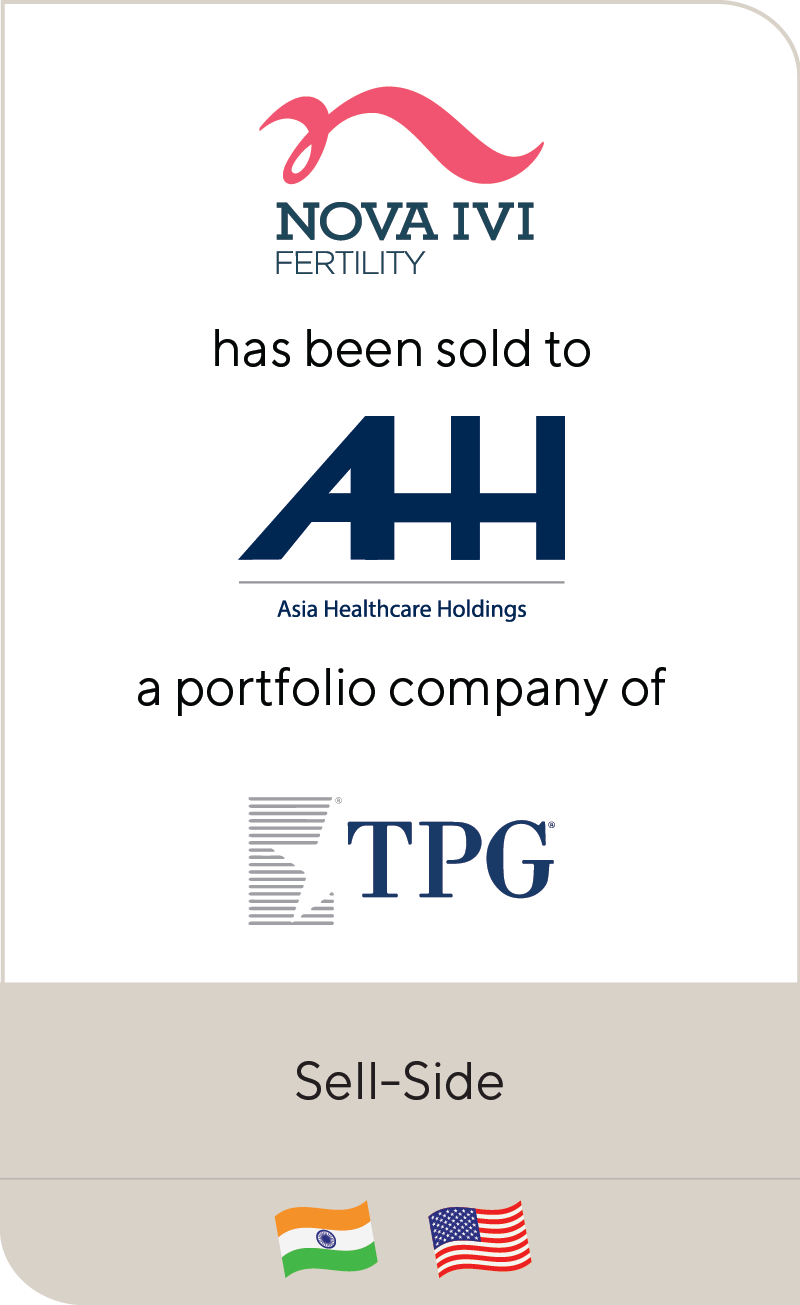The Stork Delivers: Opportunities Abound in Fertility Market
Sep 2019
It is becoming increasingly common for couples to marry and have children later in life. In the U.K., the median age of mothers having their first child in 1999 was 26; today it is 29. In the U.S., 20 percent of women have their first child after age 35.
However, about one-third of couples over age 35 in the U.S. experience fertility issues. Women often struggle to start their families as older age decreases a woman’s chance of naturally conceiving a baby. Age also impacts men as conception becomes more difficult later in life, even though many men remain fertile until age 60. Fertility is impacted by certain medications, causing problems with sexual intercourse and the production of healthy sperm—issues which are more common in older men.
Other health issues, including obesity, increased stress, alcohol and tobacco consumption, compound the fertility issues that stem from having children later in life. In fact, The Pulitzer Center and PRI’s The World found that globally, there are over 100 million heterosexual couples that would like to have children but are physically unable to do so.
The World Health Organization ranks infertility as the third most serious disease, behind cancer and cardiovascular disease. As such, global consumer demand for fertility services has reached new heights—driving growth and opportunity for investors.
As Fertility Market Advances, “Expect” Opportunities
Improvements in success rates are also attracting more people to seek fertility treatment. Since the first baby born was born through IVF in 1978, more than 8 million babies have been born from IVF—including, most recently, twins to a 74-year old mother in India.
Today, IVF technology has grown by leaps and bounds. One advancement is genetic screening where testing is performed before the embryo transfer to identify known or suspected genetic defects. Mitochondrial replacement therapy (MRT), also referred to as 3-parent IVF, is new and increasing in popularity across many countries as it helps avoid mitochondrial diseases that are inherited through the mother’s DNA. MRT was first approved by the UK’s regulatory body, HFEA, in 2018.
Innovation is constant and the next generation of fertility treatments is still in its early stages. For example, in vitro gametogenesis (IVG) is a process where scientists attempt to turn adult human cells into artificial eggs or sperm.
Beyond the innovation, fertility treatment is also more common and more readily accepted culturally worldwide. The stigma associated with infertility has lessened as access to treatments increases, awareness has grown, and both men and women are more likely to discuss infertility issues.
Even in the workplace, notable technology employers such as Apple, Google and Amazon have started to offer comprehensive fertility benefit packages to women and same-sex couples.
PE Toddles into Growing Market
Globally, the fertility services market is expected to reach $30.96 billion by 2023, a CAGR of 9.3%. In Denmark, Israel and Japan more than one in 25 babies are born thanks to IVF and other artificial treatments. In China, revenue associated with the fertility market could double to over $7 billion by 2023.
As the fertility market has grown, the interest of healthcare investors has been piqued. Both private equity and corporate investors are achieving success in the space, but PE funds have won out of late. Significant dry powder allows PE players to take a more aggressive view on pricing, as they are willing to take a long-term view and pursue bold growth plans.
Despite increased interest and investments, the fertility market remains relatively fragmented. Providers of fertility treatments are more likely to operate in independent clinics, or small regional groups, rather than larger national or international groups. However, there are early moves towards global consolidation.
A global, or at the very least, pan-European platform allows companies to scale and invest more in R&D, training and other aspects of the business. This becomes important as the industry experiences a shortage of specialists and physicians—creating a supply and demand imbalance. This is made evident by looking at the surge in medical tourists from Europe and Asia coming to the U.S. for fertility treatments.
Advantages to investors include: purchasing and cost synergies, reducing single market risk, recruitment and retention of talent, clinical excellence through R&D scale, sharing of best practices amongst clinics, retention of patients where differing services can be offered in different jurisdictions, and the multiple arbitrage achieved from building a scale platform.
| Geographic Focus: Increased Demand for IVF in Asia
As infertility becomes more prevalent in Asia, more and more people are seeking IVF treatments—presenting investors with opportunities to find success in that region. |
 |
China
The Chinese government ended its long-standing one-child policy in 2015, fearing the economic impact of a rapidly aging population. The number of babies born each year, however, has continued to fall for several reasons, including couples marrying later, women choosing to put off pregnancy to pursue their careers, and the rising cost of education and living. Of those seeking a child, 25% are infertile.
Studies estimate that as the government and individual families seek to arrest the falling birthrate, the number of IVF procedures carried out in China will double to 2 million. Given that each round of IVF treatment costs about 50,000 yuan, or $7,500, that would make the market worth $15 billion.
Chinese couples spend around $8 billion each year on in vitro fertilization, but over $1 billion is spent overseas as demand for such services far outstrips China’s capacity—only 460 mainland hospitals are licensed for IVF, and Bahrain, treatment is sponsored if available in government hospitals. However, long waiting periods reduce the availability of treatments.
India
Fifteen percent of married couples experience infertility in India and of the current 28 million infertile couples, only 1% seek infertility treatment. Because India has the second largest population in the world, it also has a large potential patient pool.
India has an average pricing of $3,000 per IVF cycle, but the IVF market is primarily cash as infertility is not covered by insurance. Despite not being covered by insurance, the Indian IVF industry is one of the fastest growing in the world. Their annual 20% growth is driven by increased awareness, high infertility, lifestyle changes related to infertility and higher success rates from treatment technology advancements. But the growth does not come without its challenges, which include a limited pool of skilled specialists, low awareness among couples and high fragmentation—there are only two service providers pan-India.
Gulf Cooperation Council (GCC)
The GCC is comprised of six Arab states in the Persian Gulf—Bahrain, Kuwait, Oman, Qatar, Saudi Arabia and the United Arab Emirates.
In the GCC, pricing of IVF treatment ranges from $5k to $18k per couple depending on the services available, such as pre-genetics or freezing of embryos and eggs. These services are needed as ~25% of married couples are infertile.
The primary reason for infertility is the high prevalence of consanguinity. Consanguinity coupled with Vitamin D deficiency caused by insufficient exposure to direct sunlight, high obesity levels driven by rapid economic development, the cultural propensity to have large families, insurance coverage and increased medical tourism are driving growth in the IVF market. In 2018, the GCC IVF market was estimated at $800 million with 125,000 cycles. It is expected to grow between 12-15% over the next 5-6 years.
Demand for IVF treatment is primarily concentrated around urban centers like Abu Dhabi, Dubai, Muscat and Riyadh. The GCC market is largely organized with institutional players maintaining a large share of the market but in a few countries, the government sponsors IVF treatment. For example, in the UAE the government sponsors up to three cycles per year for the local population. In Saudi Arabia, Qatar and Bahrain, treatment is sponsored if available in government hospitals. However, long waiting periods reduce the availability of treatments.
Lincoln Perspective:
As Lincoln sees increased interest in fertility market deals, PE firms looking to invest in the space should keep these three takeaways in mind:
- Recession resilient—just look at last time: Fertility treatment is an emotional purchase as individuals worldwide desire to build families. Because of the strong desire to have children, as well as demographic and cultural trends, Lincoln believes this is a recession resilient market that will continue to grow and provide solid returns for investors. Looking back at the 2008 recession, the IVF market did not experience the same troubles as other human healthcare sectors in the UK. The impact of the recession didn’t hit the fertility market until 2012—where deal volume stayed flat, rather than declining.
- Focus on building brands, not showcasing top clinicians: Businesses with a strong management team and corporate infrastructure are crucial for success. Businesses with strong brands that offer clinical credibility or clinical brand association are more attractive to consumers. Companies should focus on building a business with a known culture of high-quality clinical care across the board rather than attracting clientele through “star doctors.”
- Fertility M&A still in development: The industry is still in the early stages of growth, consolidation and maturity. There is room for global expansion—especially in a Pan-European market. While regulations by country might differ and create complexity, and Brexit could produce short-term UK headwinds, investors should have the confidence to pursue a sector which has long-term growth drivers and room for further professionalization.
Recent Lincoln Global Transactions:
- Founded in 1997, CARE Fertility has aided in the conception of over 30,000 babies in the U.K. In April 2019, Lincoln advised regionally focused European mid-market private equity firm Silverfleet Capital on their purchase of CARE. The acquisition aids in CARE’s growth in the U.K. market as well as their expansion into international markets.
- Founded in 2008, CREATE Fertility is a national provider of fertility services in the UK and a pioneer in natural and mild IVF techniques, which are less drug intensive approaches to IVF. Lincoln advised private equity shareholders Livingbridge on their minority stake sale.
- In India, Nova has aided in more than 25,000 pregnancies and has among the highest success rates. Earlier in 2019, Lincoln advised the shareholders of Nova on its sale to AHH (Asia Healthcare Holdings), a portfolio company of TPG Growth, a U.S. PE firm.
Summary
-
Lincoln International healthcare experts explore the state of the fertility market.
- Fertility treatment is an emotional purchase as individuals worldwide desire to build families.
- Businesses with strong brands that offer clinical credibility or clinical brand association are more attractive to consumers.
- While regulations by country might differ and create complexity, and Brexit could produce short-term UK headwinds, investors should have the confidence to pursue a sector which has long-term growth drivers and room for further professionalization.
- Click here to download a printable version of this perspective.
- Sign up to receive Lincoln's perspectives
Contributors

It’s extremely rewarding to work in one of the largest and most diverse global business sectors helping support clients to realize their goals.
Matthew Lee
Managing Director, Head of UK & Co-head of Healthcare, Europe
LondonMeet our Senior Team in Healthcare

It’s extremely rewarding to work in one of the largest and most diverse global business sectors helping support clients to realize their goals.
Matthew Lee
Managing Director, Head of UK & Co-head of Healthcare, Europe
London
I enjoy working closely with clients to overcome challenging situations and to develop strategies to meet their business goals.
Dirk-Oliver Löffler
Managing Director & Co-head of Healthcare, Europe
Frankfurt
My goal is to bring the best of Lincoln to each and every transaction, ensuring the topmost outcomes for our clients.
Roderick O’Neill
Managing Director & Co-head of Healthcare
New York
